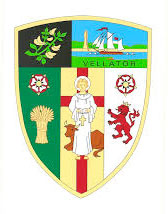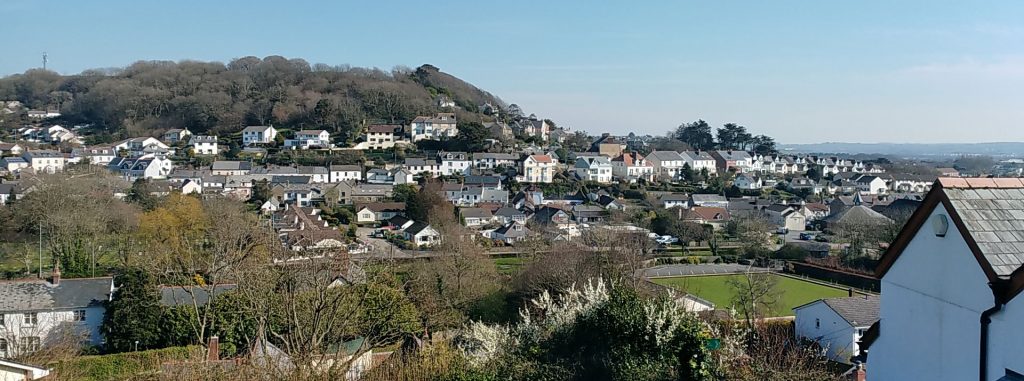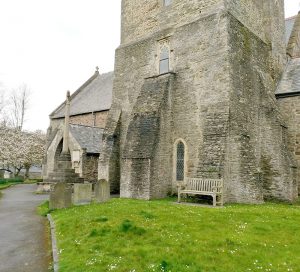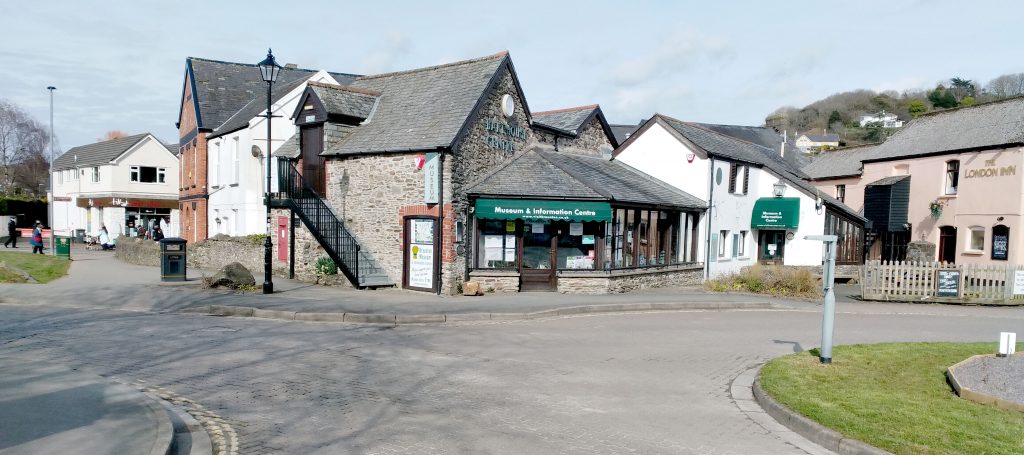Braunton is a beautiful village near the North Devon coast. Its fascinating history and vibrancy makes it a great place to live and visit.
 Braunton is a beautiful and fascinating village and civil parish located on the North Devon coast, 6 miles from the region’s commercial and administrive centre of Barnstaple.
Braunton is a beautiful and fascinating village and civil parish located on the North Devon coast, 6 miles from the region’s commercial and administrive centre of Barnstaple.
The village sits at the base of a valley flanked between West Hill, Chapel Hill and East Hill and is centered on the main A361 road link between Barnstaple and Ilfracombe.
Braunton has the reputation of being the ‘largest village in England’. This is not actually true, though it does have the highest population of all villages in England at approx 10,000 residents.

History
The village is said to have gotten it’s name from St Brannock who arrived in 550AD and converted the native Pagans to Christianity while introducing modern farming techniques. St Brannock built a chapel and named the settlement around it Brannockstood, which later became Brannocktown and was listed in the 1086 Domesday book as Brantone. The name Braunton didn’t arrive until the 19th century.
 St Brannock originally built a chapel on the top of Chapel hill where remains of a chapel exist today, though the remains are of St Michael’s Chapel and not St Brannock’s. Due to the exposed position of Chapel Hill, the building kept being damaged so the chapel was relocated to the bottom of the hill where St Brannock’s Church exists today. This grade 1 listed building was mostly built in the 15th century but still contains remnants of an earlier 13th century building. It is believed that the remains of St Brannock are still there today.
St Brannock originally built a chapel on the top of Chapel hill where remains of a chapel exist today, though the remains are of St Michael’s Chapel and not St Brannock’s. Due to the exposed position of Chapel Hill, the building kept being damaged so the chapel was relocated to the bottom of the hill where St Brannock’s Church exists today. This grade 1 listed building was mostly built in the 15th century but still contains remnants of an earlier 13th century building. It is believed that the remains of St Brannock are still there today.
At one point, St Branncoks church was in the centre of Braunton, but as farming increased and later shipping, people moved towards The Great Field and Velator Quay which widened the village and moved the village centre to where it is today.
The main source of commerce for the area for many years was farming, fishing and shipping. Farming is still a large part of life in Braunton today, but fishing and shipping have declined greatly and have been replaced by tourism.
Facilities
Braunton has many facilities such as shops and supermarkets, schools, medical centre and pharmacy, garages and petrol stations, pubs, cafes and restaurants in fact all that is needed to service the residents of Braunton and the surrounding villages of Knowle, Wrafton, Croyde and Georgeham as well as the thousands of tourists that visit or travel through Braunton every year.
Tourism
There are several hotels, numerous B&B’s and holiday rental properties in Braunton which cause the population to swell every year throughout the holiday season from Easter to October, though the busiest period is always the school summer holidays in August.
While many holidaymakers stay in Braunton, the vast majority pass through Braunton to stay in the more commercialised villages of Croyde or Woolacombe, or the Victorian seaside resort of Ilfracombe.

The village centre boats several fantastic places to visit including the Braunton Museum and information centre which depicts the history of the village and has a working model railway showing how and where the railway once ran. Over the road from the museum is the Museum of British Surfing which contains many fascinating relics from the roots of surfing in the UK – and, of course, our very own Braunton Countryside centre where you can spend a few hours learning about the local environment and wildlife.
There are ample cafe’s, pubs and restaurants to pop in for a coffee in the daytime, or an evening meal.
You can find out more in our things to do in Braunton page.
